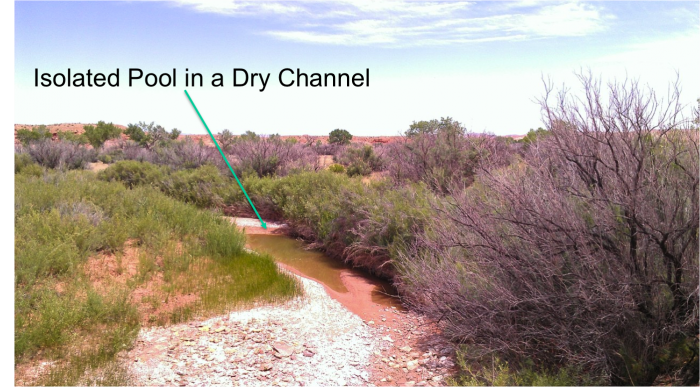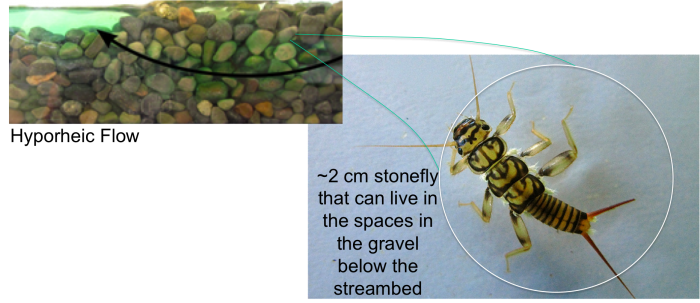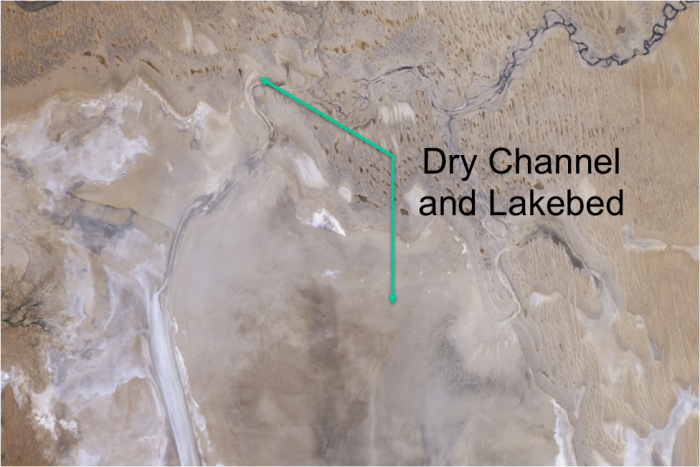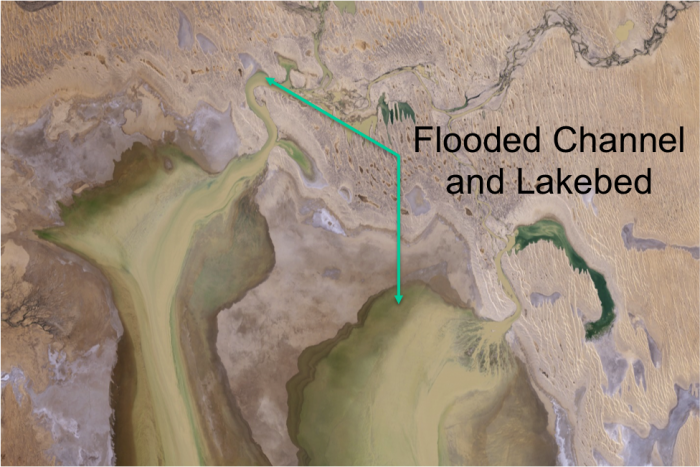Ecological Processes
Definition
A stream channel supports populations of aquatic organisms such as fish and insects. In contrast, upland systems do not provide even temporary habitat for aquatic organisms. Even when stream channels go dry on the surface, fish and other organisms can survive in isolated pools of water or in isolated areas of flow such as springs and perched aquifers.

Many organisms can survive in the bed of a stream channel even if the surface is dry, due to hyporheic flow, which is water that flows in the sediments of a stream channel beneath the surface.

Even if aquatic organisms do not persist in stream channels year-round, temporary flooding can provide productive systems and isolation from predators, favorable for reproduction and development of young organisms, which can then migrate to perennial rivers as the stream dries.


